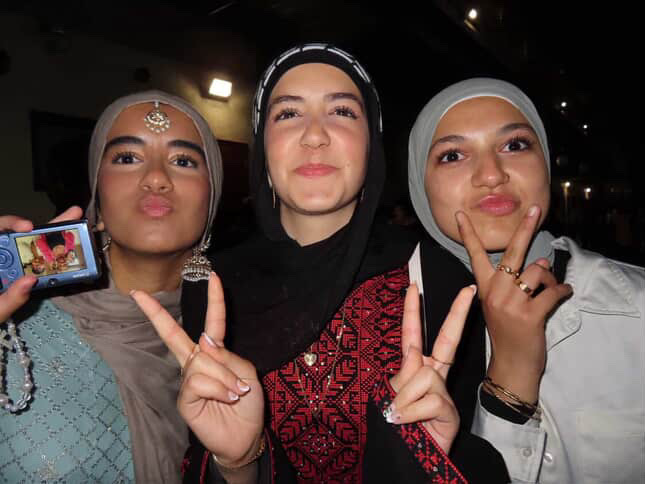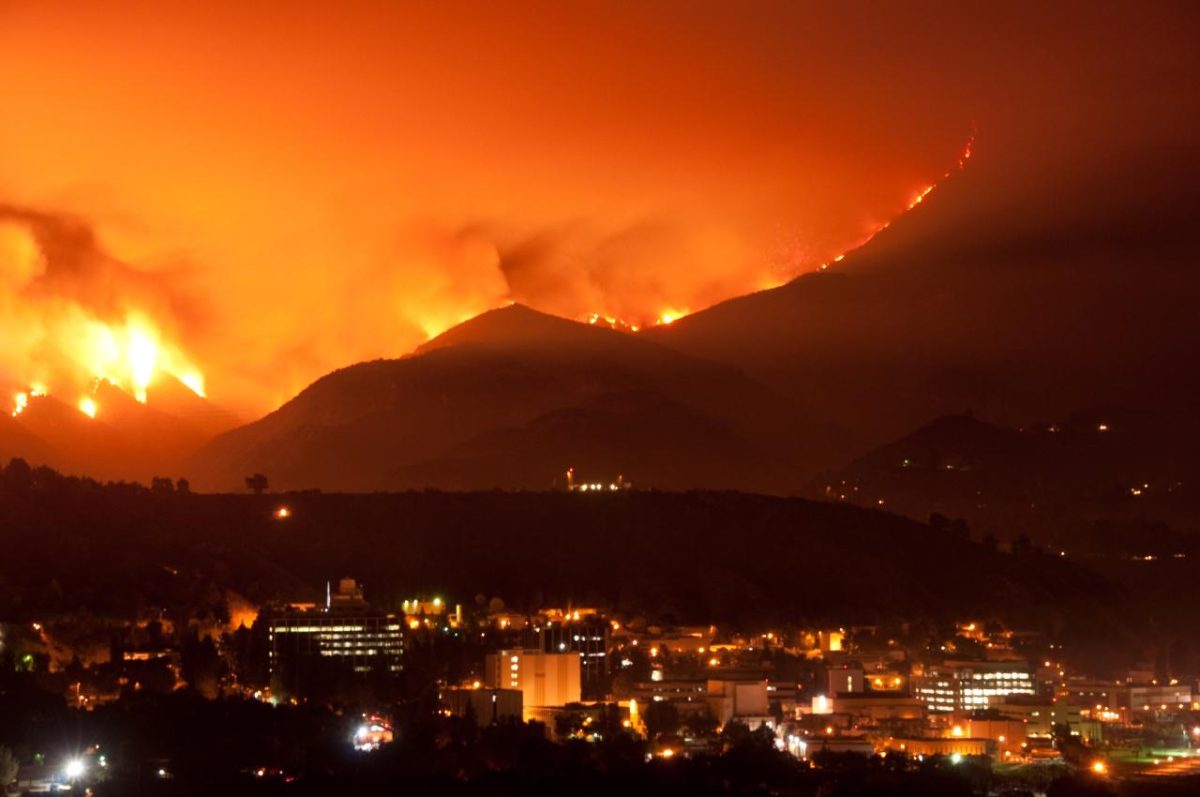When this article began, a cease-fire agreement between Israel and Hamas was cause for hope, that the war that began on October 7th would be coming to a close. Recent developments have dampened such hope.
On January 19, 2025, Israeli prime minister Benjamin Netanyahu declared a ceasefire between his country and Hamas.
Upon the declaration of the ceasefire, 3 Israeli hostages and 90 Palestinian prisoners were released. Both parties were able to reunite with their families and close ones. It is said there were 30 hostages and hundreds of Palestinian prisoners who were currently held captive.
It was decided that the ceasefire was going to last 42 days, all of which had 3 phases.
Stage 1:
The stages began with the release of 33 Hamas hostages in time intervals. In exchange, Israel planned to release 1,900 Palestinian prisoners. Any areas populated by Palestinians will be freed from Israeli forces. Any displaced Palestinians will be allowed to come back to their homes. Aid trucks were allowed to resume their help. Despite these outcomes, Israelis continued to remain in Gaza’s border areas. One area they left is the Netzarim Corridor which is located in the south of Gaza.
Feb 9: Of the 33 Israeli hostages, there were 17 who were still held captive; 8 of them were confirmed dead. Most of Palestinian prisoners were captured without trial under “administrative detention.” This means that a person is incarcerated under the impression that they’re planning or will commit a crime. This method has been widely known to be used under Israeli rule. It is unknown whether or not the majority of the prisoners are innocent, but there have been several confirmed cases of serious charges.
Israel denied the release of anyone involved in the October 7 attacks.
Feb 11: 8,500 of the estimated 12,000 trucks arrived at the crossfire.
Feb 13: It was revealed that February 10 had a close failure of the ceasefire, as Hamas announced it’s stop on releasing hostages. Israel did not respond well, which led Hamas to agree. This decision allowed the ceasefire to resume.
Despite the promise of releasing the borders, Gaza struggled to gain aid from food trucks, as Israel managed the amount of trucks that crossed the border.
During the first phase, a total 200,000 tents were constructed as shelter but only 20,000 arrived.
Feb 25: The release of more than 600 Palestinian prisoners was delayed. The motives behind this delay is Israel’s dissatisfaction with the treatment they saw from their returned hostages. In response to the ceasefire, many Palestinians moved back to North Gaza and returned to their old homes, though most of North Gaza had been destroyed during war and many will have to rebuild their old lives from the wreckage. During the war, Gaza saw destruction of 2/3 of its farmland, all of which were affected by bombardment and military earthworks.
Stage 2:
This stage was set to begin 16 days after stage 1. During this time, federal leaders would decide if a permanent ceasefire was needed. Gaza agreed to free more hostages in exchange for more Palestinian prisoners. Once both of these things were established, Israel would allow a complete withdrawal of their military forces. However, the cease-fire has broken down.
Mar 4: The start of phase 2 was further delayed, with Israel asking for more hostages for the extension of the truce.
Civil defence recovered 48 bodies in Gaza, one of them most notably, Ahmed Mufid al-Kilani, an 18-year-old male who died on the West Bank.
Mar 10: The Gaza ceasefire became complicated. Aljazeera reported that Israel cut off the electricity of Gaza’s main operational desalination plant, which led the reporters of the website to cancel any updates.
Mar 15: Development for the second phase was minimal and the U.S offered an extension for the first phase until mid-April.
Mar 19: The cease-fire collapsed, as Israeli airstrikes kill more than 400 people across the Gaza Strip in response to Hamas’ refusal to release more hostages.
Unable to agree on how the war will end, Israel and Hamas continue the fight and the death toll rises.





